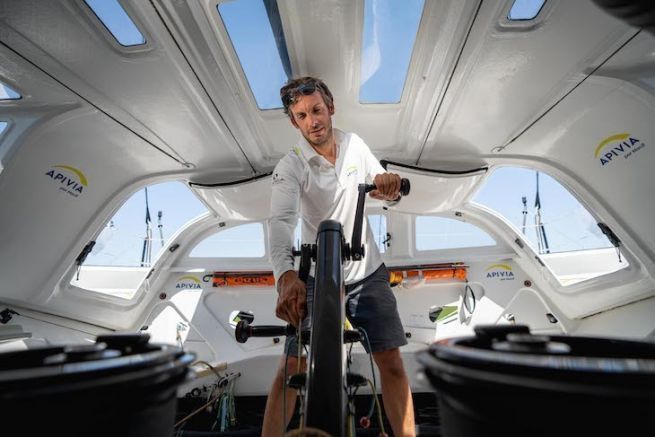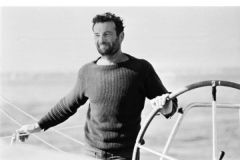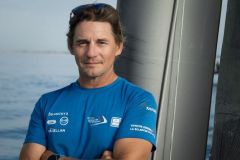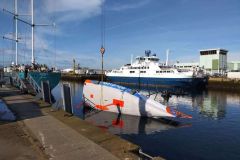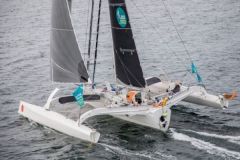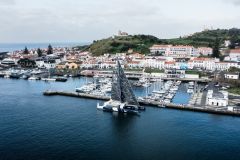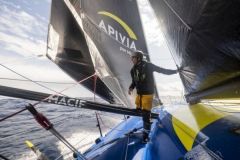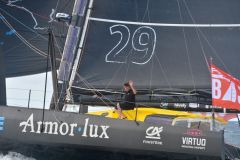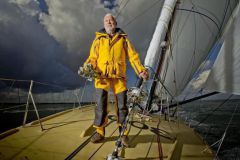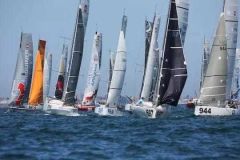Arriving on the circuit in 2019 after years in Figaro, Charlie Dalin quickly took the lead on the races. Podiums, victories, he spent four years, winning everything or almost... He hopes to win again in this Route du Rhum aboard his Apivia, which is due to join the Banque Populaire stables and its new skipper Clarisse Crémer on his return from Guadeloupe.
Since your arrival on the IMOCA circuit in 2019, you have been racking up victories and podiums. Are you approaching this Route du Rhum 2022 with the same logic?
We will see the result in Pointe-à-Pitre. The season has started rather well this year. It bodes well for the Route du Rhum. I'm happy with the work of the whole team and the performance I've got with the boat. The goal is to win the race.
Despite your 4 years on the circuit, this is your first Route du Rhum? What does it mean?
It's a race that I've been dreaming about for a long time. The first edition I followed was in 1994. I was 10 years old, it was the first victory of Laurent Bourgnon. It is a race that made me dream. It is THE reference solo transatlantic race.
I have a funny story with the Route du Rhum. I was on the starting line of every edition since 2006, without ever being a skipper. In 2006, I was in the team of a Class40 in the construction of which I had participated. In 2010, I was in the design office of Armel le Cléac'h. In 2014, I was a router for Yann Eliès with Christian Dumard and in 2018, I was again with Yann Eliès on the pre-Route du Rhum training courses. At each edition, I was taken off the boat before the start.
In 2018, Apivia was already under construction, I knew I would be on the 2022 edition. In the end, I've been working on the Route du Rhum for 16 years.
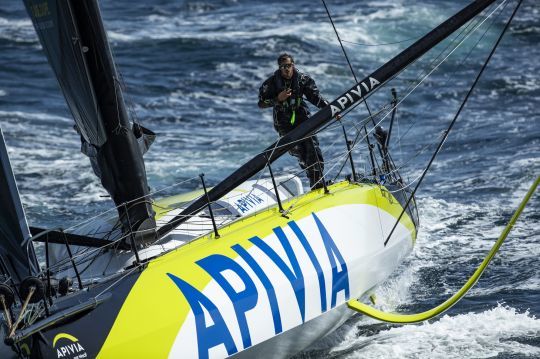
This race will be the last one with your boat, how do you feel?
I would like this four-year cycle with Apivia 1 to end as well as it started. My first race with this boat was the Transat Jacques Vabre 2019, with Yann Eliès. We won it and I would like to finish with a nice victory. I don't know how I will react when I get off. My new boat, on paper, will be even better than this one. But I'm still attached to it.
Have you continued to optimize Apivia, especially for this Route du Rhum?
We might have thought that we'd leave it behind, but the objective was to continue developing, because the Route du Rhum is important. It's the second big goal after the Vendée Globe. We thought and worked on how to progress in all areas.
I've been thinking about the Route du Rhum since last season. After the Vendée Globe, the races were essentially in the Atlantic with different conditions from the round the world race. We have typified the boat so that it works in all conditions, so that it is as versatile as possible with bigger sails than for a Vendée Globe.
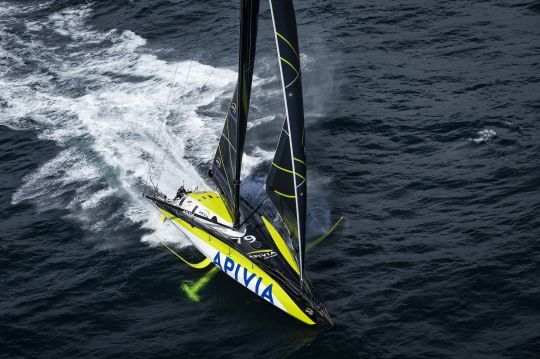
What is your analysis of the new plans recently launched?
I was looking forward to the Azimuth Challenge because it was the first confrontation with the 3 e generation. It has strengthened me in two areas. I'm happy to have made a new boat with Apivia. I was able to see that some boats were already performing very well even though they are at the beginning of their progression. If they are as good at the beginning, they will be better than Apivia 1 at the end. They will have a strong progression curve. The architectural choices and the behaviors, the evolutions have confirmed me in the choices I made.
After a full cycle with Apivia 1, how long would you say you know your boat 100%? Can the learning curve continue to evolve?
There is always a way to progress. I did 7 Solitaires du Figaro in the space of 8 years and I found solutions to go a little faster each time. After a while, it's the platform that comes to the end. You can make big gains with changes, especially in the shape of the hull, but you have to rebuild a boat.
I felt a big difference before and after the Vendée Globe. I felt like I was one with my boat afterwards. Everything was anchored in me.
With Apivia 2, we will sail a little more than last time. We are launching earlier. Last time, we lost three months because of the Covid. The objective with Apivia was to sail around the world, accumulating all the trips made before the start of the Vendée Globe. We reached 20,000 miles instead of 24,000 miles. This year, the goal is to get closer to 30,000 miles before the Vendée Globe to sail even more and gain in reliability.
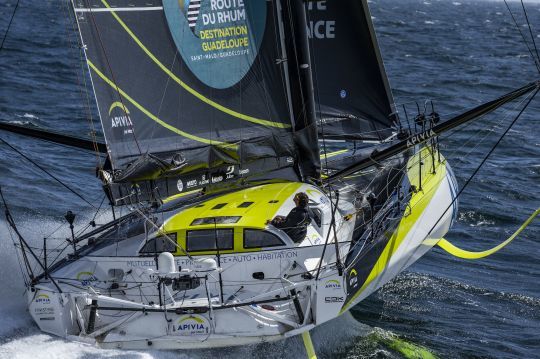
Do you think the new boat will be quicker to get used to?
Clearly. On board Apivia, I did my first solo sailing in IMOCA. Today, I have the equivalent of two circumnavigations on Apivia. My new boat is from the same architect. We will find similarities between the two, especially in terms of the system, which we will develop. I learned a lot on Apivia and I will have less to learn than with the second generation foilers, which saw the arrival of large foils.
The first generation, like Banque Populaire, had small foils and a hybrid behavior between daggerboards and foils. They only really worked on the crosswind, and with a lot of wind.
The arrival of the large foils has generated uncertainties about their operation. On the necessary sail set too. We are fine-tuning things and there are fewer unknowns. I should start from less distance than when Apivia 1 was launched.
What's next in the program?
The return trip will be a joint delivery between Banque Populaire and Apivia. The boat will go directly to Lorient. The launch of the new Apivia is scheduled between April and May. I will take advantage of this to be present with the team and make the final decisions. I will also start my physical preparation.
Can you tell us about your new IMOCA? How will it be different?
The objective was to improve the passage through the waves. The hull is going to be different, even if it keeps some family resemblance with Apivia 1. In terms of design philosophy, we chose a boat without compromising on performance, but found solutions to make it more livable.
In other words, in order to have the best performing boat possible, we made no compromises on the hardness of the boat in terms of the hull, the foils... We chose a cockpit and living area organization to best withstand these very difficult sailing conditions, and to keep up with the pace as best as possible. These are uncomfortable boats, with a lot of shocks.
